When embarking on home improvement projects, selecting the right materials is crucial for achieving both functionality and aesthetics, particularly when it comes to cabinet plywood. According to the Wood Products Council, the demand for high-quality plywood has risen significantly, with a reported 15% increase in the residential cabinetry market over the last five years. This surge highlights the importance of choosing suitable cabinet plywood that meets your specific project requirements. Factors such as durability, moisture resistance, and veneer finishes play a pivotal role in determining the quality of plywood and its longevity. Moreover, a study by the National Association of Home Builders notes that cabinets account for up to 40% of a kitchen's total remodeling budget, making informed material choices essential for both performance and value.
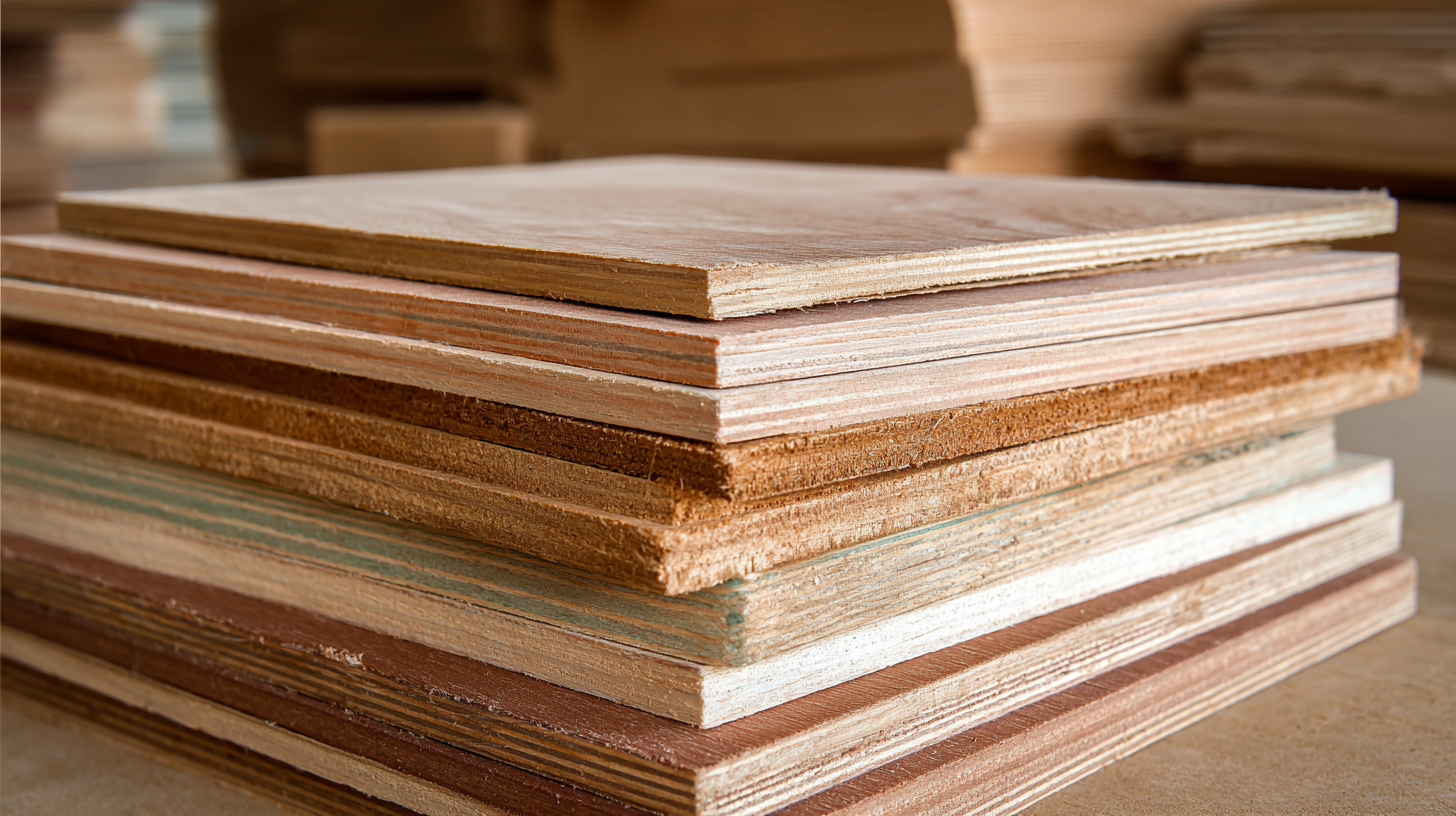
In this guide, we will explore how to select the best cabinet plywood tailored to your needs, ensuring your home projects are not only beautiful but also built to last.
When considering cabinet plywood for home projects, it is essential to understand the various types available in the market. The global plywood market is projected to experience significant growth, expected to reach USD 60.31 billion by 2030. This growth indicates a diverse range of plywood options tailored to meet different needs, from structural applications to aesthetic finishes.
Different grades and types of plywood, such as Marine plywood, Birch plywood, and MDF (Medium Density Fiberboard), offer distinct benefits. Marine plywood is known for its durability and water resistance, making it suitable for kitchens and bathrooms. Birch plywood, favored for its fine grain and strength, is often used in high-quality cabinetry. MDF, on the other hand, provides a smooth surface ideal for painting, making it a popular choice for custom designs. Understanding these options allows homeowners to make informed decisions that align with their project requirements and budget.
| Type of Plywood | Thickness (inches) | Grade | Cost per Sheet | Best Use Cases |
|---|---|---|---|---|
| Cabinet Grade Plywood | 3/4 | A | $50 | Cabinets, Furniture |
| Furniture Grade Plywood | 1/2 | B | $35 | Furniture, Shelving |
| Exterior Plywood | 3/8 | C | $30 | Outdoor Projects, Sheds |
| Marine Plywood | 1/2 | A-B | $100 | Boats, Marine Gear |
| Luan Plywood | 1/4 | Interior | $20 | Interior Projects, Decorative Work |
Choosing the right cabinet plywood for your home projects is crucial for both aesthetics and durability. When selecting plywood, one of the key factors to consider is the grade of the wood. According to the American Plywood Association, there are several grades, ranging from A (high quality with minimal imperfections) to D (more defects and lower quality). For cabinets, a grade of A or B is often recommended, as it not only ensures a better finish but also improves resilience against warping and moisture.
Another important factor is the plywood’s thickness. Research indicates that thicker plywood (at least ¾ inch) provides greater structural integrity and support, particularly for cabinet doors that bear weight. Moreover, the type of veneer used can significantly affect the plywood's durability. For instance, birch and maple veneers are known for their strength and resistance to scratching, which makes them ideal for high-traffic areas. The Composite Panel Association reports that cabinetry made from high-quality plywood can last up to 20 years or more, highlighting the importance of choosing the right materials at the outset to avoid costly replacements in the future.
When it comes to selecting the right cabinet plywood for your home projects, understanding plywood thickness is crucial for ensuring stability and durability. Research indicates that the thickness of plywood can significantly affect its mechanical properties, including strength and resistance to warping. For instance, plywood that is too thin may lack the rigidity necessary for heavy cabinet doors, which can lead to sagging over time. A common recommendation is to choose a thickness of at least ¾ inch for cabinetry, as this provides a solid foundation for structural integrity.
Furthermore, recent studies on engineered wood products highlight the importance of dimensional stability. For example, the assessment of cement-bonded particleboard made from banana stem residues and sawdust indicated that the thickness and density of the board play a critical role in its overall performance. Thin, dense boards demonstrated improved dimensional stability and strength, essential for maintaining the quality of finished projects over their lifespan.
Tips: When selecting plywood, consider your project's requirements carefully. Ensure that the chosen thickness aligns with the expected load and usage. Additionally, look for products with enhanced moisture resistance to further enhance stability in varying environmental conditions.
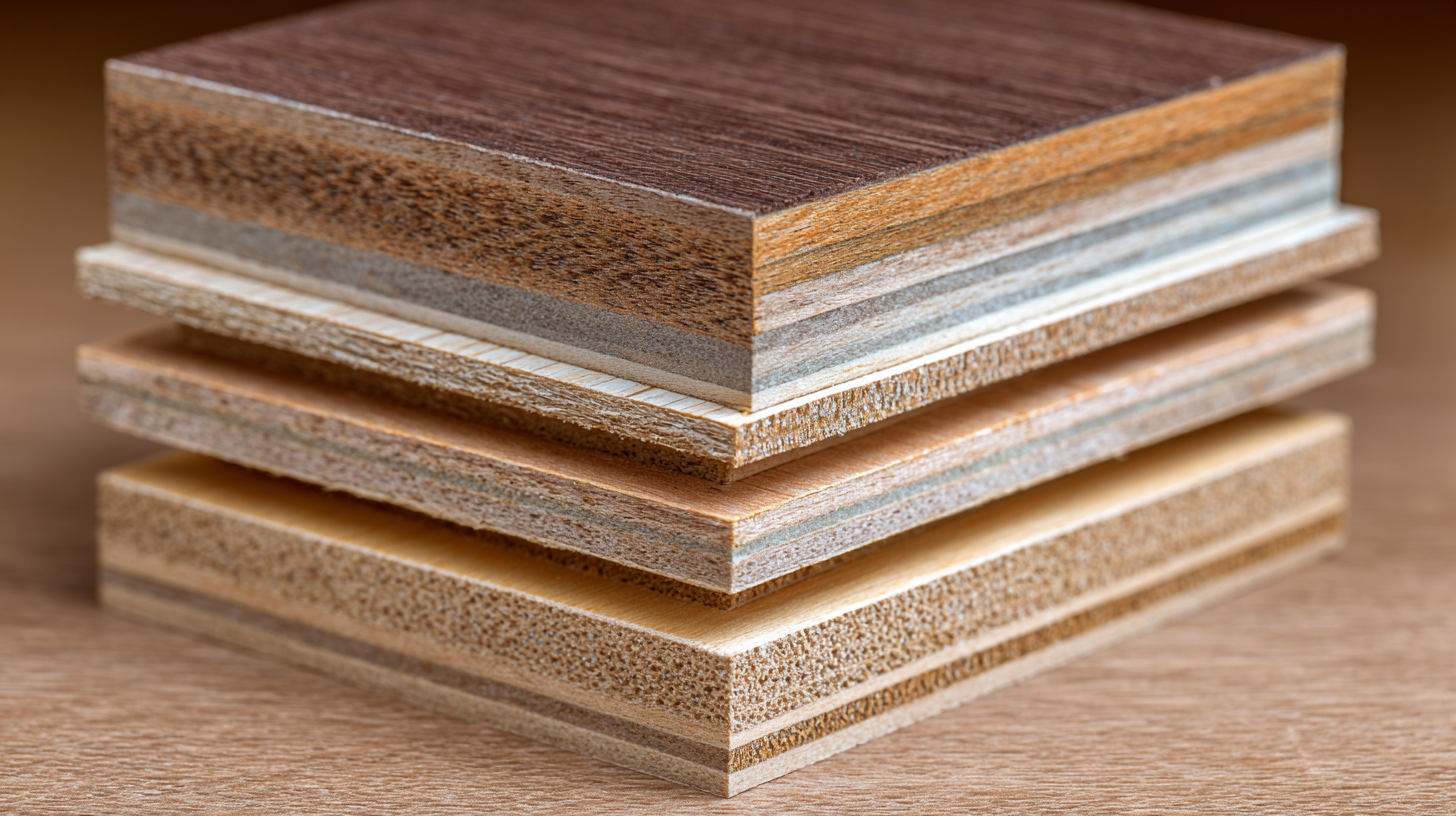 When selecting cabinet plywood for your home projects, the finishing options available can significantly influence the aesthetics and durability of your cabinets. One of the primary choices is between laminate and veneer finishes.
When selecting cabinet plywood for your home projects, the finishing options available can significantly influence the aesthetics and durability of your cabinets. One of the primary choices is between laminate and veneer finishes.
Laminate is a synthetic option that offers a wide range of colors and patterns, making it ideal for modern designs. It is also highly resistant to scratches and moisture, ensuring longevity in busy kitchens or bathrooms. On the other hand, veneer provides a more upscale appearance, showcasing real wood grain finishes. This natural look can add warmth and character to your cabinetry, but it often requires more maintenance to preserve its beauty.
Another important aspect to consider is the type of protective coatings you might apply to your plywood cabinets. Water-based polyurethane is an excellent choice for those seeking a clear finish that dries quickly and has low odor. This type of finish enhances the plywood’s natural color while offering robust protection against everyday wear and tear. Alternatively, oil-based finishes, although requiring longer drying times, typically provide a richer, amber tone that deepens over time, highlighting the plywood's intricacies.
Ultimately, the finishing option you choose should complement the overall design of your space while meeting practical needs for durability and maintenance.
When it comes to selecting cabinet plywood for home projects, finding the right balance between cost and quality is essential. According to the Wood Products Manufacturers Association, the average cost of high-quality plywood can range from $50 to $100 per sheet, depending on the wood species and grade. While it may be tempting to opt for the cheaper options, investing in quality plywood often results in better durability and a superior finish, which can save homeowners money in the long run through lower replacement and maintenance costs.
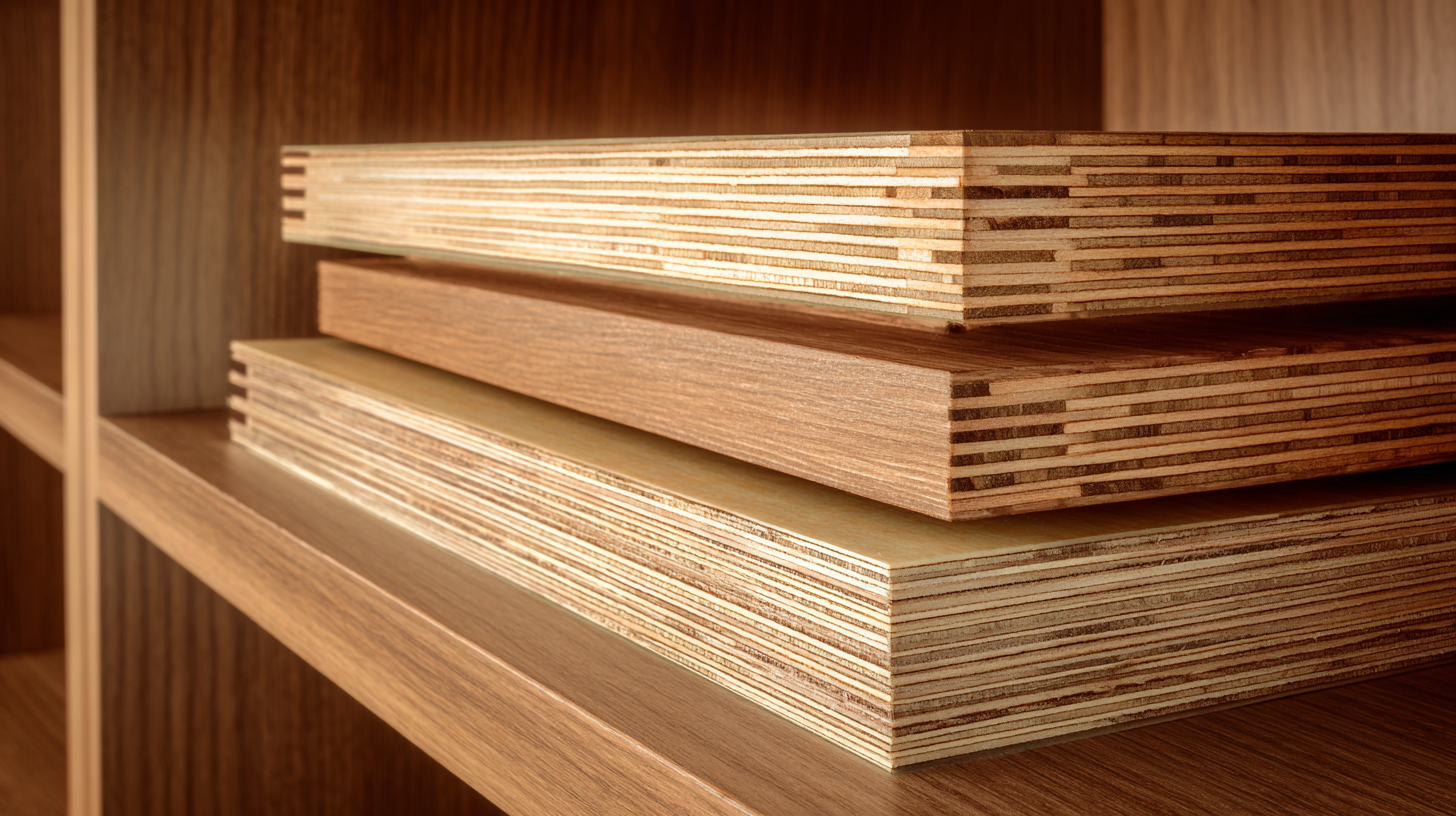
Tips: Consider purchasing from a reputable supplier that offers a range of plywood grades. This allows you to compare the performance of different options and make an informed decision. For instance, choosing a plywood with a higher grade veneer not only enhances aesthetic appeal but also provides increased resistance to delamination and warping.
Additionally, keep in mind the intended use of the plywood. If your cabinets will be exposed to moisture, such as in a kitchen or bathroom, selecting a moisture-resistant plywood is crucial. The Composite Panel Association reports that plywood designed for high humidity environments can last up to 50% longer than standard plywood under similar conditions. Balancing initial costs against the longevity of your investment will ultimately lead to a more satisfying outcome for your home projects.
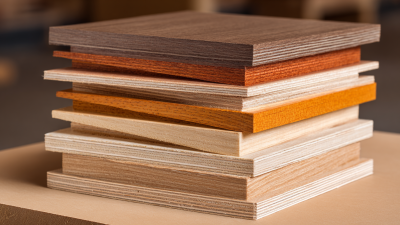
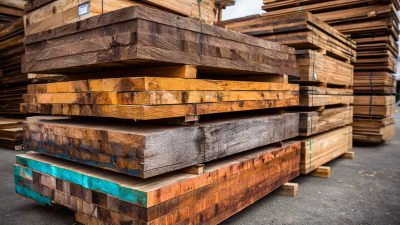
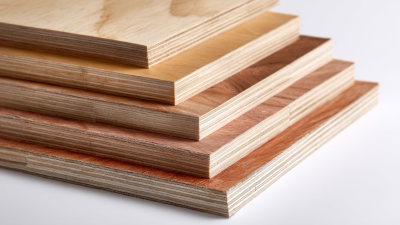
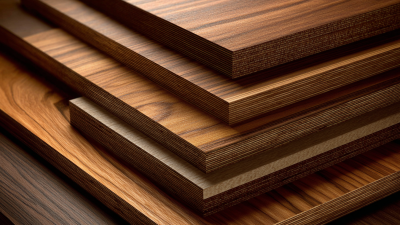



Signup our newsletter to get update information, promotion or insight.